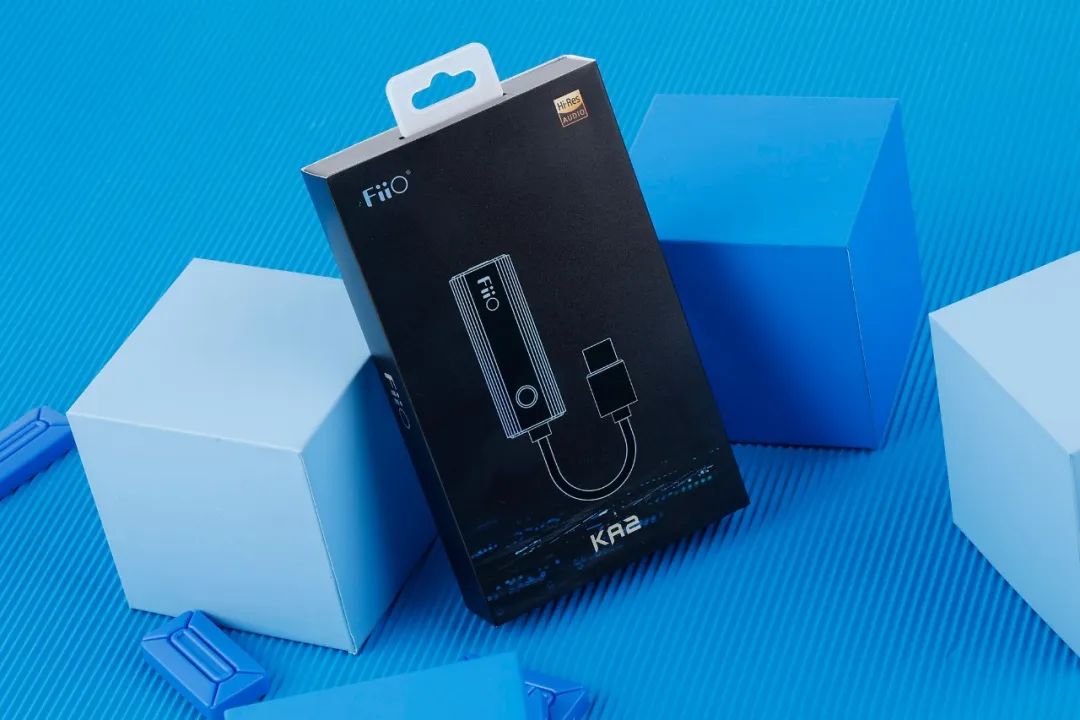
In the “Little Tail” (compact decoding ear amplifier) product line, FiiO seems to be bringing various segmented solutions to players. After experiencing the KA3 with 3.5mm/4.4mm dual interfaces and the more compact KA1 with only a 3.5mm interface, I recently received the newly launched KA2 from FiiO. What are its features?
FiiO KA2 Specifications
DAC Chip: CS43131×2
Input Interface: USB-C or Lightning
Output Interface: 4.4mm
Output Power: 153mW (32Ω, THD+N<1%)
Signal-to-Noise Ratio: 125dB (32Ω, A-weighted); 131dB (600Ω, A-weighted)
THD+N 0.0005% (32Ω); 0.00024% (600Ω)
Decoding Specifications: Up to PCM 32bit/384kHz, DSD256
System Support: Android, iOS, Windows, Mac
Dimensions: Approximately 40mm×15mm×12mm
Cable Length: Approximately 70mm
Weight: Approximately 12.3g
Reference Price: 339 RMB

In terms of appearance, the KA2 and KA1 look like a pair of “twin brothers”; both have a data cable connected directly to the body, but the former is slightly thicker by 2mm and weighs about 2g more. The KA2 offers USB-C and Lightning versions, making it usable on devices across Android, iOS, Windows, and Mac systems. The version I received is the USB-C version. The package also includes a USB-C to USB-A adapter, making it easier for users to connect the KA2 to PCs and laptops.
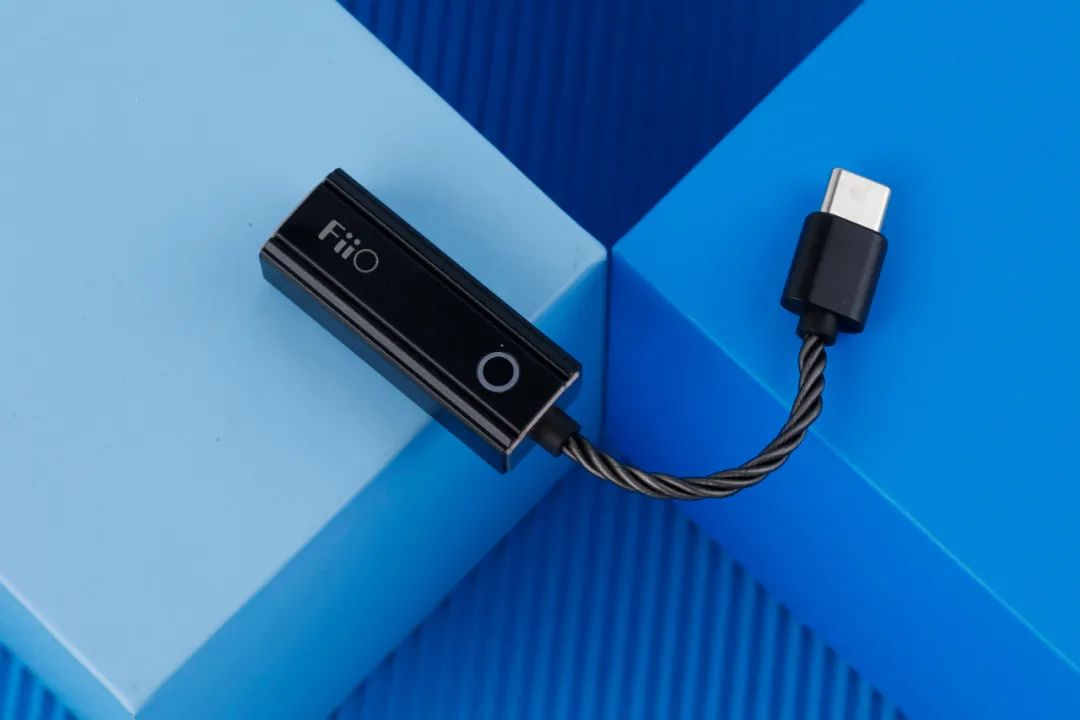
The overall design of the KA2 continues the style of the FiiO KA “Little Tail” series, with an all-metal body made of 6-series magnesium-aluminum alloy, and the surface treated with sandblasting for a strong metallic feel. The main body is black, with gold accents on the sides, creating a visually appealing black and gold color scheme. The front features the FiiO logo, and the surrounding indicator light illuminates during operation, indicating the current sampling rate of the music being played with different colors.
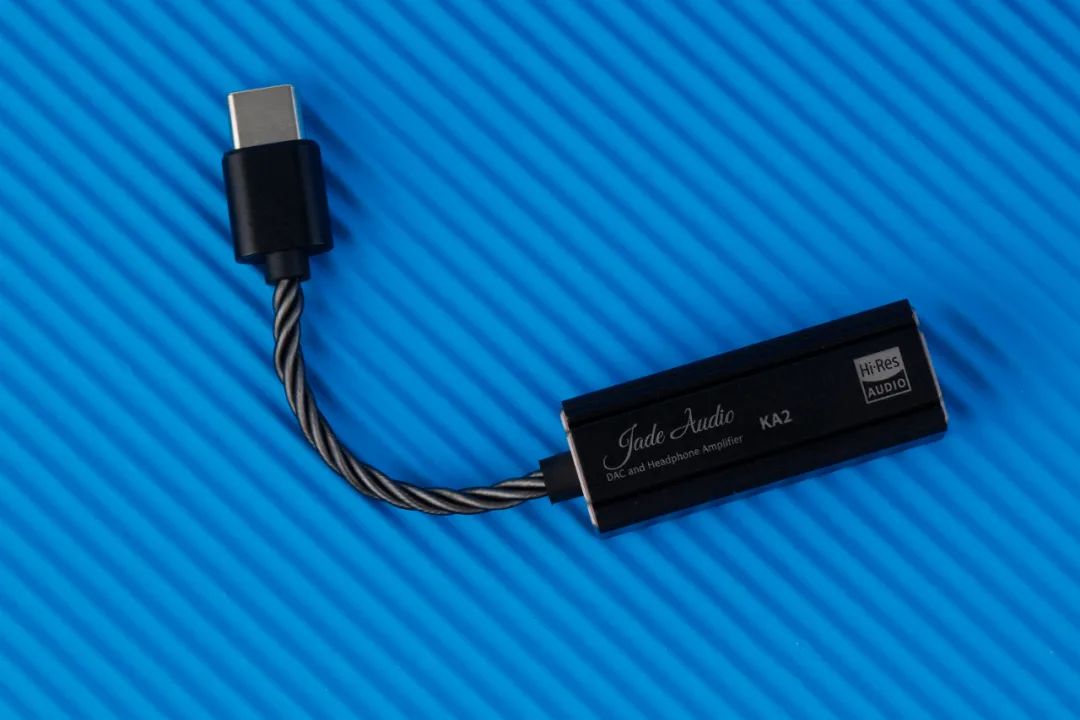
Like the previous KA series products, the KA2 is also operated under the dual brand of FiiO and JadeAudio, aimed at enhancing the visibility of JadeAudio, which is FiiO’s trendy tech brand targeting young people. Therefore, on the back of the KA2, apart from the KA2 logo and the Hi-Res Audio logo, we can also see the JadeAudio logo.

FiiO planned to launch two more compact products in addition to the KA3 in the “Little Tail” product line: one with single-ended output and one with balanced output, which are the KA1 and KA2 we see now. The KA2 uses a 4.4mm balanced interface, with an output power of up to 153mW@32Ω and a high signal-to-noise ratio of 131dB, with total harmonic distortion (THD+N) as low as 0.0005%. The differences between the KA2 and KA1 can be seen from the output interface and some audio parameters, but the former is not simply a 4.4mm balanced version of the latter; its greater changes come from within. Compared to the KA1’s single DAC configuration (ES9281AC PRO decoding chip), the KA2 uses two DAC chips from Cirrus Logic, model CS43131. It supports PCM and DSD256 decoding up to 32bit/384kHz and provides five digital filter adjustments, achieving an output power of 153mW (32Ω).

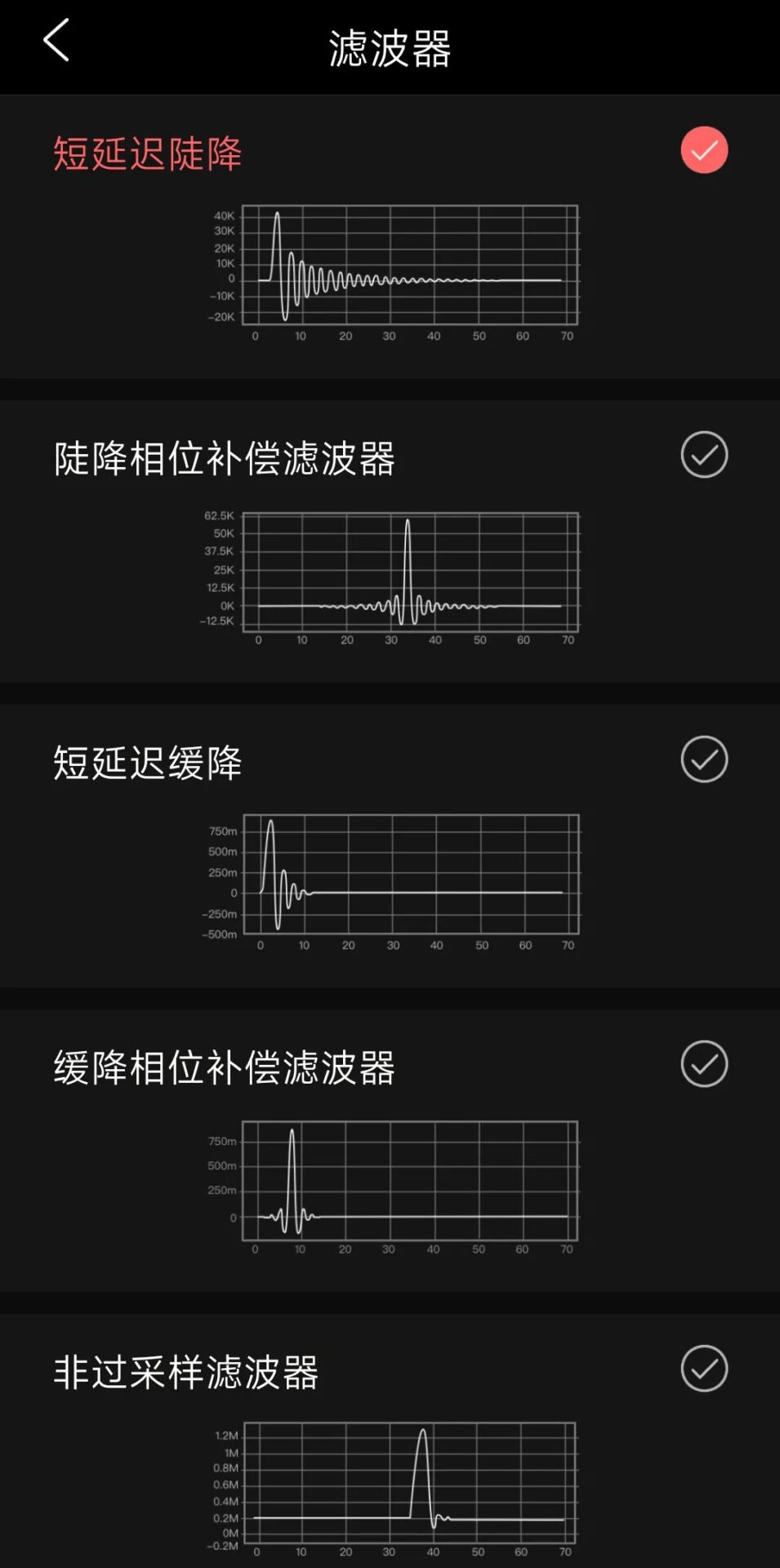
The KA2 is also compatible with the Fiio Control App, allowing users to open the app on their phones to recognize the connected KA2 and adjust settings for gain, output volume, channel balance, and filters. The KA2 supports plug and play; I connected it to several different phones and a Windows 10 laptop, and it was recognized and ready to use immediately.
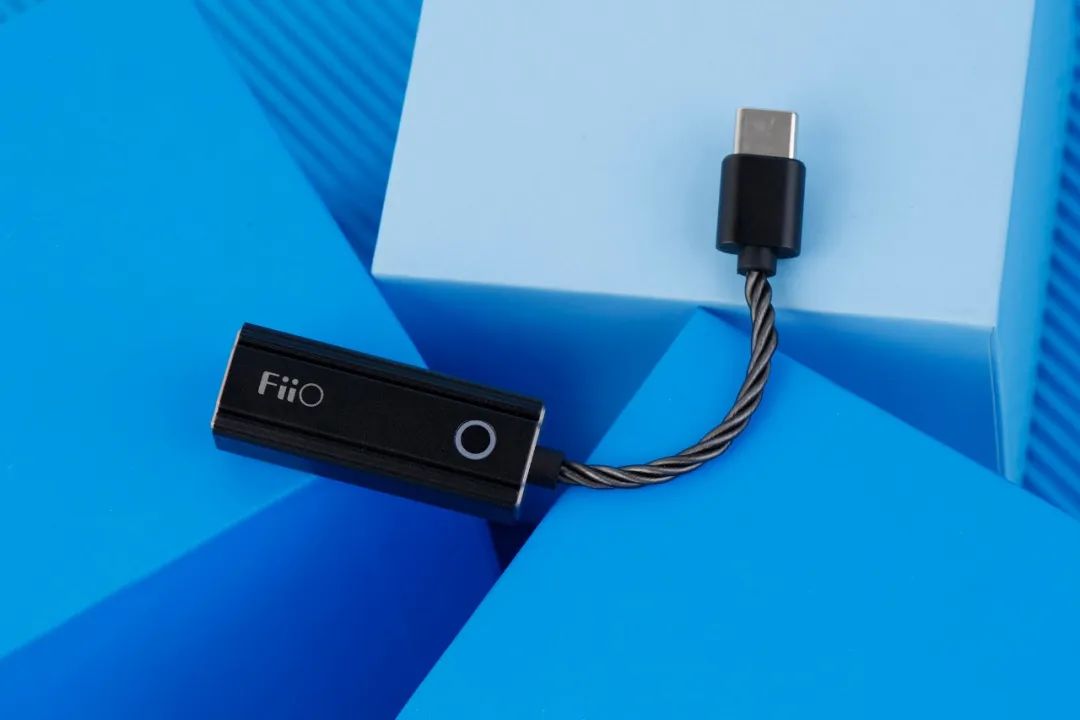
I connected the FH9 with interchangeable plugs to the KA2 via the 4.4mm interface. First, it is worth mentioning that the KA2 maintains the excellent noise control seen in the KA3 and KA1. It has a clean background, and even when deliberately trying to capture noise, it is almost inaudible. The KA2 has a relatively neutral tone; despite its compact size, it delivers powerful energy. The FH9 paired with it presents a balanced three-frequency response, and the sound details and soundstage are satisfying. Particularly, the vertical space of the soundstage feels quite expansive, and the layering of the sound is evident. The mid-frequency vocals are quite delicate, with good density and quite captivating. The low-frequency presence is moderate, with good elasticity and depth. The high frequencies carry a lot of information but do not sound overly sharp; instead, they present a smooth and bright quality.
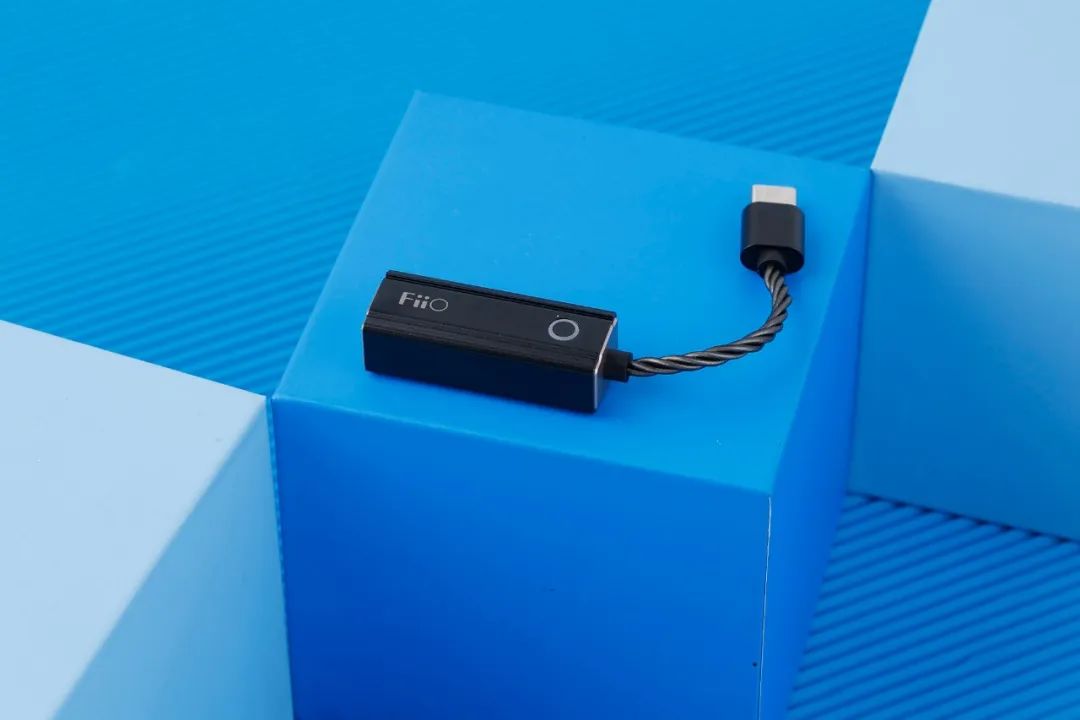
On the same phone, I connected the FH9’s 3.5mm interface to the KA1 and did a simple comparison with the KA2. It is clear that the KA2 provides better resolution for the FH9 compared to the KA1, and the soundstage space and fullness of imaging are also superior.
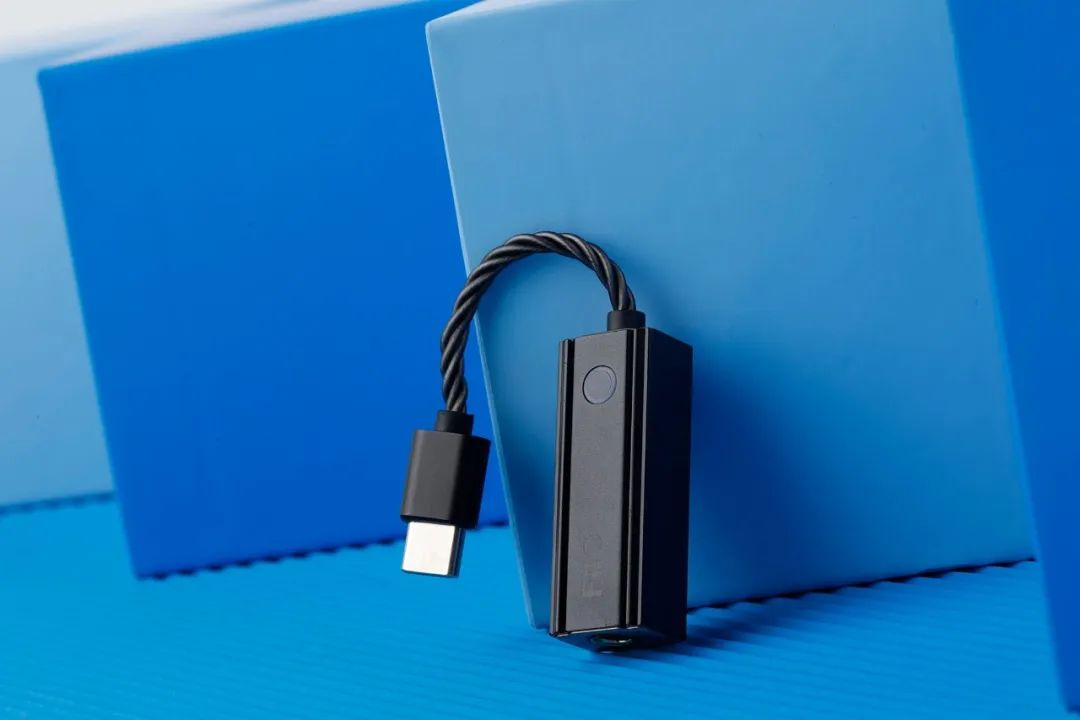
It is not difficult to see that FiiO has put a lot of thought into the design of the KA2. Not only has it replaced the 3.5mm interface with a 4.4mm balanced interface, but it has also made internal changes more suitable for balanced output. From the listening results, if users have headphones with both 3.5mm and 4.4mm interfaces, the performance of the same headphones on the KA2 is better than on the KA1. Considering that the price of the KA2 is not much higher than that of the KA1, consumers who have headphones with 4.4mm interfaces and value the portability of the “Little Tail” should pay special attention to the FiiO KA2.
